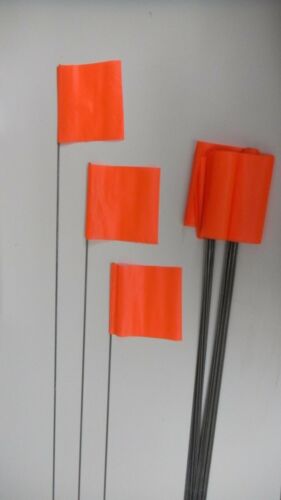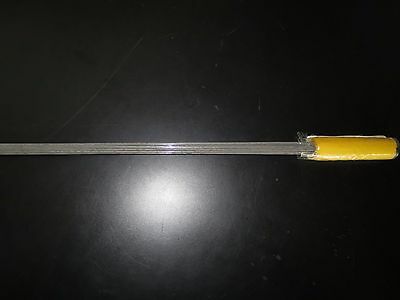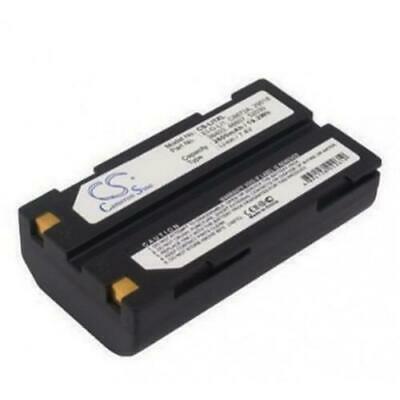-40%
bathylogger bl200 single beam echo sounder kit survey grade output USB
$ 1583.94
- Description
- Size Guide
Description
The BL200 usb is a Survey Grade Single beam Echosounder and is the best choice for shallow water bathymetric surveys up to 100 meters deep. This unit has an embedded transceiver with digital signal processing. Its “smart”. It adjusts power and gain as needed, it knows how deep it is and when it has bottom track. This is the most portable Survey Grade Echosounder made today. The Bathylogger delivers the same accuracy as the best Survey transducers in the world 1cm +/- every 10 meters of depth. The simplicity is in the design, less is more. It can tackle saltwater or freshwater from lakes and rivers to Ports and Harbours. Perfect for Hydrograpghic Surveys, Bridge Scouring, Dredging Surveys, Mining Taleings ponds and more. Compatible with ALL manufacturers: Trimble, Leica, Topcon, Socchia , Carlson, Hemisphere, Hypack, Hydromagic, Quinsy and more. The BL200 Meets USACE Specs and is made in the USA.Included is our very own Bathylogger Control Software for a PC. With this you can adjust the sound velocity and output ping rate 1 – 10 hz, It also has a built in terminal program to view output data.
Construction: Stainless Steel
Frequency: 200Khz
Accuracy: 0.01 m +/- 0.1% depth
Ping rate: 1Hz – 10Hz / 1-10 Soundings / second
Depth Range: .4m (1.3 ft) > 100m (328ft)
Beam Width: 9 Degree
Power supply voltage: 9 – 40VDC, Regulated
Power output from transmitter: 100 watts at 13.6 Vdc input
Average current draw: 150mA @ 13.6V
NMEA0183 Baud Rate: 4800
Operating temperature range: -5C to +60C
Mounting: Threaded CNC adaptor
Battery: 8000mah Li-Ion 24 hour range
Mounting: Boat mount kit included
Data Output: USB – Hard cable eliminates bluetooth latency issues
Output format String: NMEA DBT
Calibration: Control Software Included for Sound Velocity (1350-1650) and Output Rate (1Hz – 10 Hz)
CE certification: Yes to marine standard IEC60945
Included in the kit:
• Rugged Hard Case
• Boat Mounting Bracket
• 5x Survey poles
• Li-ion Battery with Charger
• Usb manual flash drive
No Sales Tax charged outside of California and sales discounts if you visit bathylogger direct
https://youtu.be/3OZuHZxydko
Echo Sounder Theory
Single beam echosounders are the original and simplest acoustic seafloor mapping systems. They consist of a transducer, mounted either to the hull of the boat or over the side, a GPS like Reach RS2 GPS , a logging software like hydromagic and a display system. With each single beam echosounder ping,the energy from the transducer produces a pulse downward toward the bottom. The reflected energy comea back to the surface / transducer where it is detected and logged with the GPS position.
Depth is derived from measuring the travel time, and knowing the speed of sound in water. Single-beam echosounders come in single and dual-frequency models, with the dual-frequency models providing two depth estimates. As lower frequency sound may penetrate superficial sediments, these are often said to be useful for “mud-layer” mapping. Using OIC software, single-beam echosounder data can be superimposed on chart data and output as a mission product, complete with descriptive text and displayed geo-coded Latitude/ Longitude degrees, or Eastings/Northings.
A single-beam sounder calculates the depth below the ship using the time it takes a sound pulse to travel to the seafloor, reflect, and then return back to the transducer. The backscatter of the sound pulse can also be analyzed to provide information regarding the nature of the seafloor (e.g., roughness, hardness). Regardless of the size of the footprint of the acoustic beamfrom a survey single beam echo sounder (which is a function of depth and transducer beam angle), only a single depth value is obtained for each acoustic pulse (or ‘ping’). In the case of backscatter analysis, often the returns from a number of ‘pings’ are averaged to derive a value for the ‘roughness’ and ‘hardness’ of the seabed. The values obtained represent a single position below the ship, and thus single-beam surveys consist of a line of discrete points along the ship’s track for which a number of parameters such as depth, hardness and roughness have been derived. The spacing of these points is a function of the depth, ship’s speed, ping frequency, and number of pings averaged to generate a value. survey single beam echo sounder
An echo from a sounder contains two major components – E1 (first echo) and E2 (second echo). Each echo is generated by a different type of interaction with the seafloor, and thus each carries different information about the seafloor. E1 is produced by scattering, and thus gives seafloor roughness, whereas E2 is produced by reflection, and provides information on seafloor hardness.



















